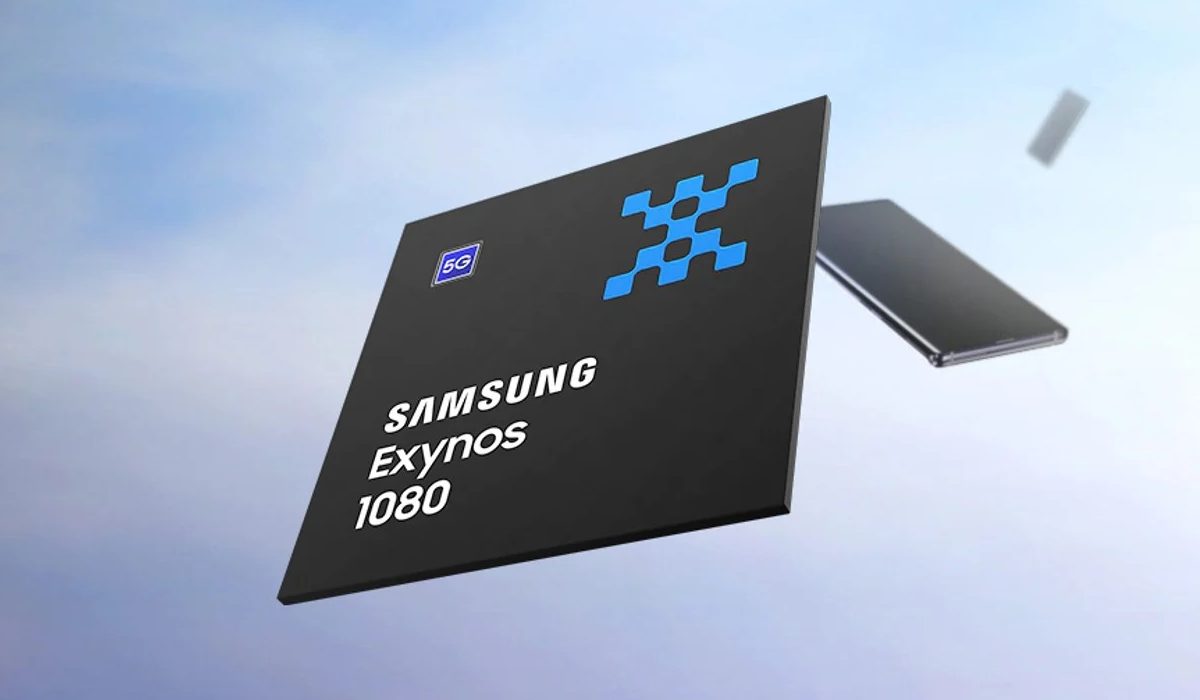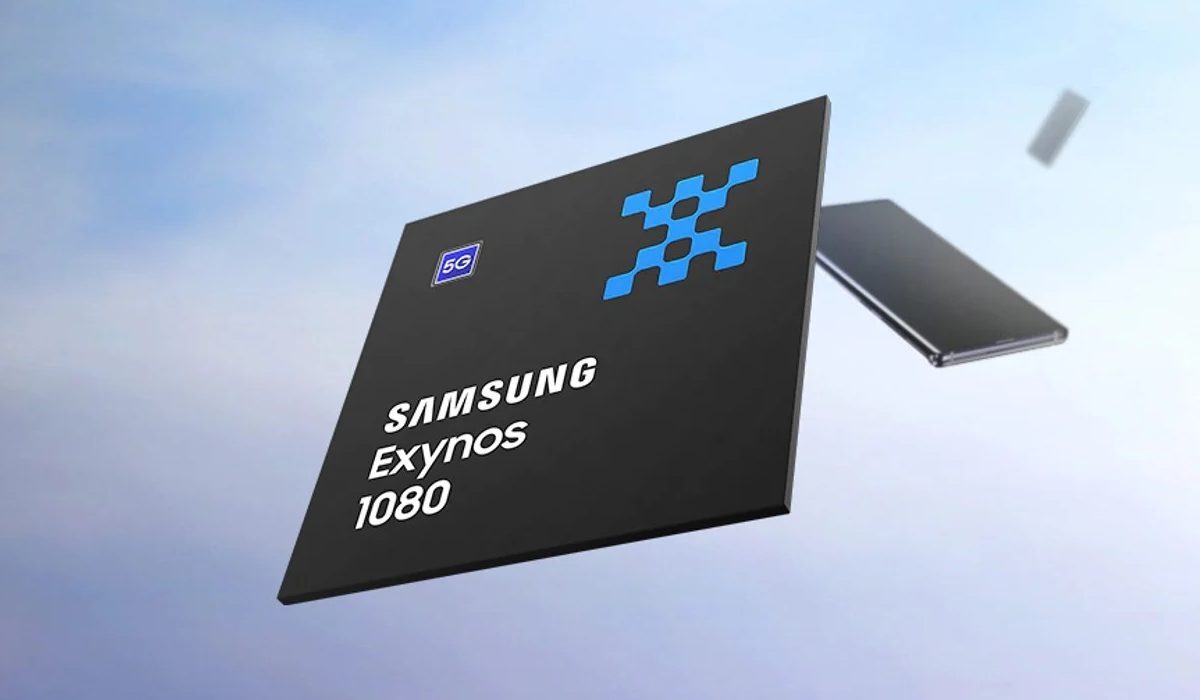Samsung has unveiled its Exynos 1080 SoC as a 5nm EUV (extreme ultraviolet) process-based chip that offers 5G support. This chipset is viewed as the successor to the Exynos 980 which launched with an integrated 5G modem. The octa-core processor has a 4+3+1 core configuration and a rather high display refresh rate.
This chipset is tipped to support a 200-megapixel sensor, and at 5nm, it joins Apple’s A14 chipset (which runs the iPhone 12) in a league of really small SoCs. As at the time of this report, there is no confirmation yet regarding what smartphone this mid-range SoC will launch with.

The Exynos 1080 features an octa-core CPU with a triple cluster design bringing four Cortex A-78 cores and four Cortex A-55 cores. The A-78 cores run at different frequencies, with the most powerful A-78 core running at 2.8GHz, while the other three A-78 units operate at 2.6GHz. The A-55 units all run at 2.0GHz.
Phones that have this chipset will also enjoy Cat.18 LTE downlink and uplink. This SoC also includes an onboard Neural Processing Unit (NPU) and digital sensor processor (DSP) which lets it run as many as 5.7 trillion operations per second.
On the display front, this new chipset is compatible with HDR 10+ and can handle displays with up to 90Hz refresh rate. It also offers support for full-HD displays with 144Hz refresh rate.
As earlier stated, the company has not revealed what smartphone(s) will wield this chipset. However, a number of reports, albeit unconfirmed, suggest that the Vivo X60 and X60 Pro smartphones may be powered by the Exynos 1080 SoC.
References
